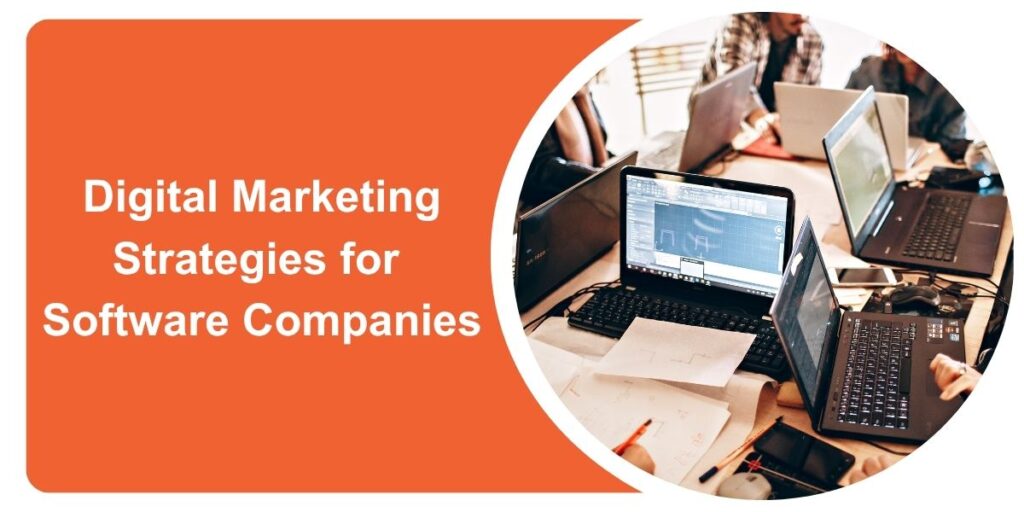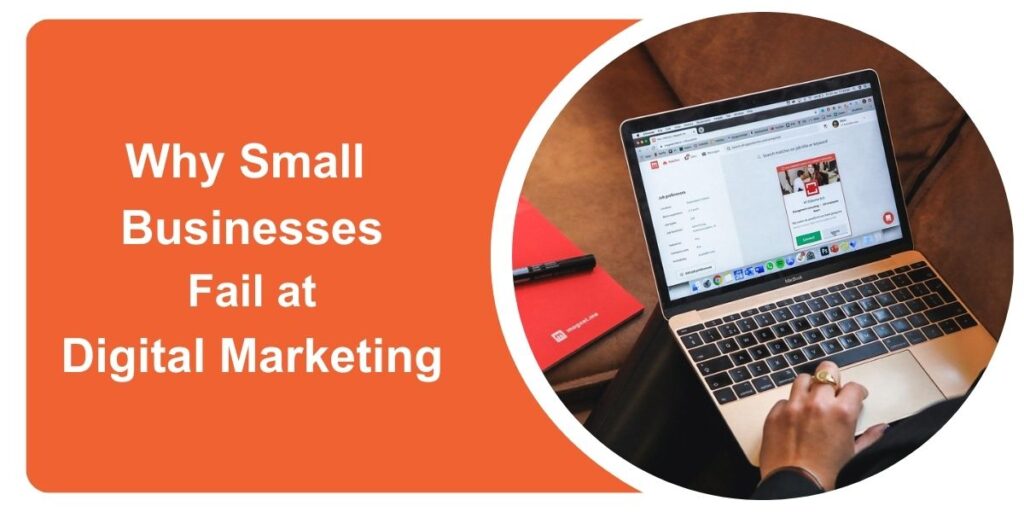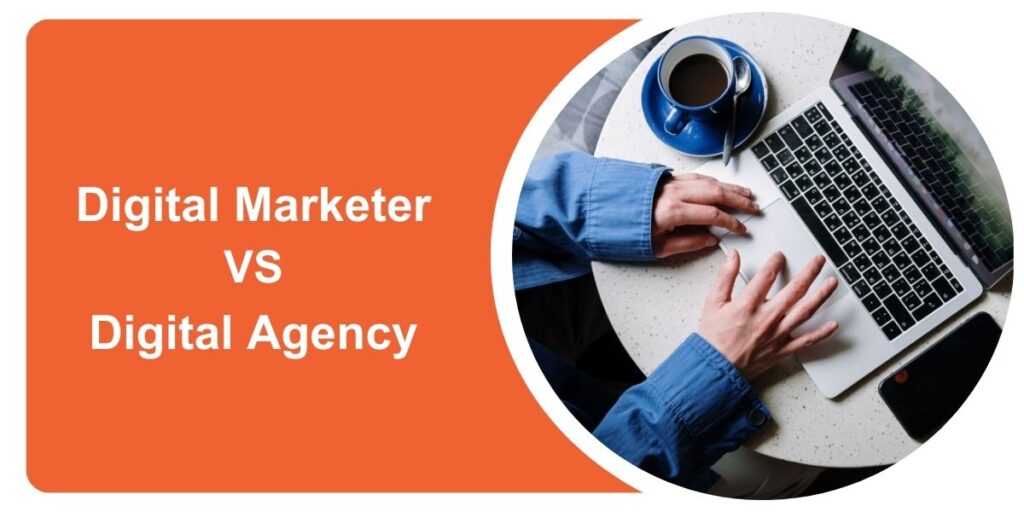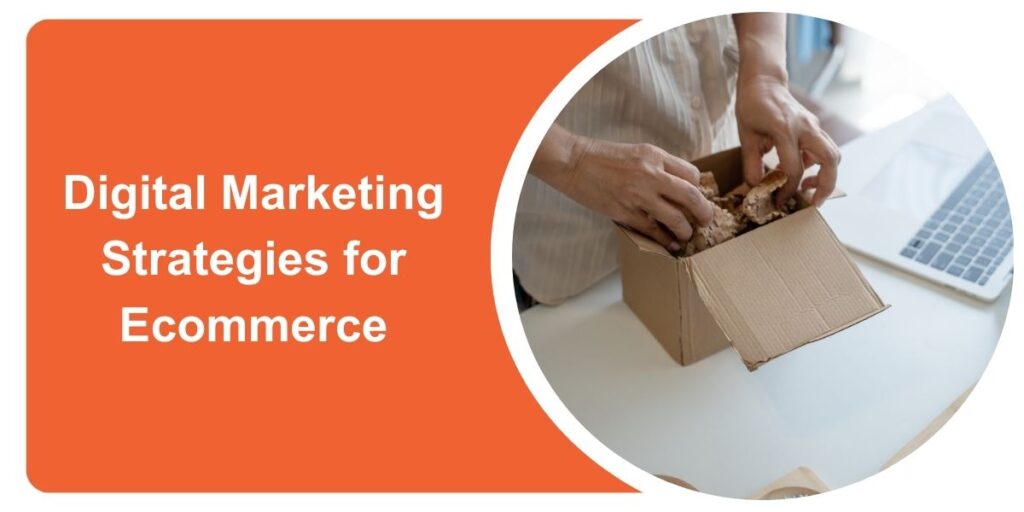
I’ve worked with software development companies that generate millions in revenue through digital marketing channels. In my experience, what separates high-performing software firms from the rest isn’t just the technology they build, it’s how effectively they position themselves online. I’ve seen firsthand how a few well-executed strategies can completely transform a company’s growth trajectory. Here’s what has consistently worked for the software brands I’ve work with.
Understanding the Digital Landscape for Software Businesses
How Software Marketing Differs from Other Industries
Marketing software isn’t about flashy ads or quick sales, it’s about trust, credibility, and validation. Nobody buys a $100,000 software service directly from a website. Buyers read reviews, check credibility, and look for verified feedback from real clients. Unlike ecommerce or consumer products, software marketing relies on establishing authority long before a prospect ever books a call.
From what I’ve seen, software marketing success depends heavily on social proof and reputation. That’s why platforms like Clutch and DesignRush have become so powerful. These aren’t just directories, they’re discovery engines where potential clients go to find verified, trustworthy vendors.
The Importance of Targeting Decision-Makers in B2B Software
When you’re selling to other businesses, you’re not targeting casual browsers, you’re trying to reach decision-makers like CTOs, founders, or operations heads. These people want detailed, data-backed content that explains how your software solves real problems.
On platforms like Clutch, this is especially crucial. Verified reviews from real clients build immediate trust with decision-makers. Listing your company and encouraging your clients to leave detailed reviews can make all the difference. You can also run paid campaigns on Clutch, but keep in mind that you’ll need a verified physical location if you want to target specific regions.
Building a Strong Foundation for Online Visibility
Creating a Software-Focused SEO Strategy
After Clutch and DesignRush, SEO is the most effective channel I’ve used for software companies. It’s the foundation that drives consistent, high-intent traffic.
Most companies make the mistake of optimizing only for broad keywords like “software development company.” What works far better is breaking services into dedicated pages such as web app development, mobile app development, SaaS development, and so on. Each page should go deep into the process, tech stacks, and use cases.
Your blog is also a powerful discovery channel. Many people I’ve tracked through analytics first discover companies via blog posts, especially content around software ideas, development costs, and technology stacks. It’s an organic path that moves readers from education to inquiry.
Crafting High-Converting Landing Pages
A high-converting landing page for a software company focuses on proof and clarity. Always include real client results, testimonials from Clutch, and clear CTAs like “Let’s Discuss Your Project.”
Adding visuals of your software interface and key metrics builds trust. The goal is to show value, not just talk about it.
Leveraging Technical Content to Build Authority
Technical content is often underrated but incredibly effective. Publish detailed write-ups explaining how a product was architected or the challenges solved in development, it will instantly position the company as an expert. Whitepapers, documentation, and deep-dive blogs attract high-intent traffic and developers who influence purchase decisions.
Content Marketing Strategies That Drive Leads
Using Case Studies and Product Demos Effectively
Case studies are the pillar of content marketing for any software business. They show proof, process, and performance. When you detail how you solved a specific problem, how the interface was designed, how performance improved, and what outcomes were achieved, you demonstrate real-world value.
In every case study, focus on the challenge, solution, and measurable results. This format converts because it speaks directly to what clients care about.
Developing Educational Blogs, Guides, and Webinars
Educational content builds trust before any sales pitch. For example, posts like “How Much Does It Cost to Build a SaaS Platform?” or “Best Tech Stack for Fintech Apps” consistently attract serious buyers. Webinars and guides help deepen engagement and position you as a thought leader.
Video Marketing for Software Brands
Video is one of the best tools for simplifying complex software concepts. Product walkthroughs, animated explainers, and customer success stories make your brand more relatable. I’ve noticed that software videos with clear storytelling outperform feature-heavy ones every time.
Paid Advertising for Software Companies
Google Ads Campaigns for Software Solutions
Google Ads work best when targeting bottom-of-funnel keywords like “custom ERP software development” or “hire SaaS developers.” Make sure your landing pages align perfectly with your ad copy.
LinkedIn Ads Targeting for B2B SaaS
LinkedIn remains one of the top platforms for B2B lead generation. You can target by job title, company size, or industry. I’ve had the most success with sponsored posts and message campaigns that highlight detailed case studies.
Measuring ROI from Paid Campaigns
Always track CAC (Customer Acquisition Cost) and LTV (Lifetime Value). These numbers tell you which campaigns actually generate long-term customers, not just clicks.
Email Marketing and Lead Nurturing for SaaS Growth
Segmenting Audiences Based on Product Interest
Email segmentation helps you personalize outreach. Send targeted content based on what the lead downloaded or what service page they visited.
Crafting Automated Drip Campaigns
Automated drip sequences are perfect for nurturing leads that come through blogs or PPC. Each email should build on the last, educating, offering value, and ending with a clear CTA to book a consultation.
Reducing Churn with Customer Retention Emails
Retention emails highlighting new updates, integrations, or client success stories help keep existing customers engaged. The easiest revenue growth comes from retaining and expanding your current base.
Leveraging Social Media to Build Trust and Awareness
Best Platforms for Software Marketing
LinkedIn, YouTube, and Twitter (X) have worked best for software companies. LinkedIn for authority, YouTube for education, and Twitter for quick insights.
Building Thought Leadership Through LinkedIn
I regularly encourage teams to share insights about development challenges or project outcomes. Posts from real team members build far more engagement and authenticity than brand pages alone.
Using Communities and Forums for Brand Visibility
Communities like Reddit, IndieHackers, and Stack Overflow are goldmines for visibility if you genuinely contribute. I’ve found leads come naturally when you help others solve problems rather than pushing sales.
Conversion Optimization and Analytics
Tracking Metrics That Matter for Software Companies
I focus on metrics like MQL-to-SQL conversion rate, demo bookings, and lead quality, not vanity metrics like traffic alone. Analytics reveal how users move from blog to demo to deal, and that journey data helps refine marketing spend.
A/B Testing for Product Pages and Pricing Models
I test everything, CTAs, hero headlines, and even pricing formats. Simple tweaks, like highlighting “Custom Pricing Based on Project Scope,” often increase conversions.
Using Heatmaps and User Feedback for Optimization
Heatmaps show exactly where users click and where they drop off. Pair that with user surveys, and you’ll uncover what’s confusing or missing from your pages.
Common Mistakes a Lot of Software Companies Make
I’ve noticed that even experienced software companies make some very avoidable marketing mistakes. These errors often limit their visibility, waste ad spend, and create unnecessary friction in the conversion process. Here are some of the most common issues I’ve seen.
Targeting the Wrong Keywords
One of the biggest mistakes I’ve seen is companies trying to rank for keywords their target market isn’t actually searching for. For example, going after topics like “apps like TikTok” or “best dating apps” won’t attract business owners or decision-makers who are looking to hire a development partner. Your audience isn’t a teenager looking for a new app to use, they’re businesses searching for reliable solutions and development expertise. Focus your keyword strategy around services, solutions, and problems your clients want to solve.
Overcomplicating Content and Conversion Paths
Many companies assume that since their audience includes CEOs or CTOs, their content and sign-up processes should be complex. But in reality, data shows that people respond better to simplicity. Straightforward content and clear user flows consistently outperform those that try to sound overly technical or formal. Simplify your forms, copy, and calls-to-action to make engagement easier, not harder.
Forcing Users into Booking Calls
Another issue I’ve seen is pushing every visitor toward a consultation call. While calls are great for qualified leads, not everyone is ready for that step. Some users prefer to ask a quick question or discuss project details through chat or email before committing to a meeting. Offering flexible CTAs like “Start a Conversation” or “Ask a Question” can significantly improve your conversion rate.
Ignoring Offline Conversion Data
When running paid campaigns, many companies fail to pass offline data back to their ad platforms. This makes it impossible to train algorithms properly. Since MQL (Marketing Qualified Lead) and SQL (Sales Qualified Lead) definitions differ for every company, scaling based only on top-of-funnel lead data leads to wasted spend. Always connect your CRM or offline data sources back to your ad accounts to help the system optimize for true qualified leads instead of raw form fills.
Posting the Wrong Type of Content on Social Media
Many software companies focus on generic educational posts like “What is Cloud Application” or “Benefits of Software Development.” But users visiting your social profiles aren’t there to learn definitions, they want to see the people behind the brand, client feedback, and real project results. Sharing behind the scenes updates, client stories, or case study overviews performs far better and builds credibility.
Misunderstanding Conversion Attribution Across Channels
Another mistake I’ve noticed is evaluating channels based only on last-click conversions. In software marketing, the buyer’s journey is longer, and users interact with multiple touchpoints before converting. If you compare analytics data with self-reported attribution, you’ll often see a big gap between how leads actually discovered your brand and what tracking tools claim. This misunderstanding can lead to underinvesting in channels that drive early awareness.
Conclusion: Building Long-Term Growth in Software Marketing
After years of working with software development companies, I’ve learned that digital marketing success isn’t about doing everything, it’s about doing the right things consistently. The most profitable companies I’ve worked with focus on credibility, strong SEO foundations, and real client stories that prove results.
Platforms like Clutch and DesignRush build trust, while SEO and content marketing drive discovery. Paid campaigns work best when backed by data and clear targeting. And conversion happens when you make it easy for people to understand your value and take the next step without unnecessary friction.
If you’re running a software company, start by improving what matters most: your visibility, your proof of work, and your communication. Simplify your funnel, publish meaningful case studies, and let your results do the selling. With the right strategy, your digital channels can become your strongest growth engine bringing in consistent, high-quality leads that actually convert.
FAQ

I’m a certified digital marketing expert with over 9 years of experience helping businesses grow through SEO, PPC, and content marketing. I focus on creating data-driven strategies that deliver measurable results and long-term growth.


